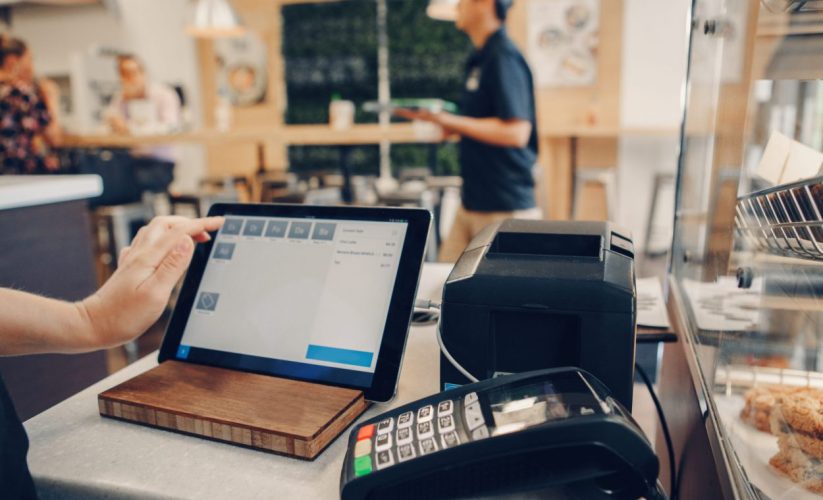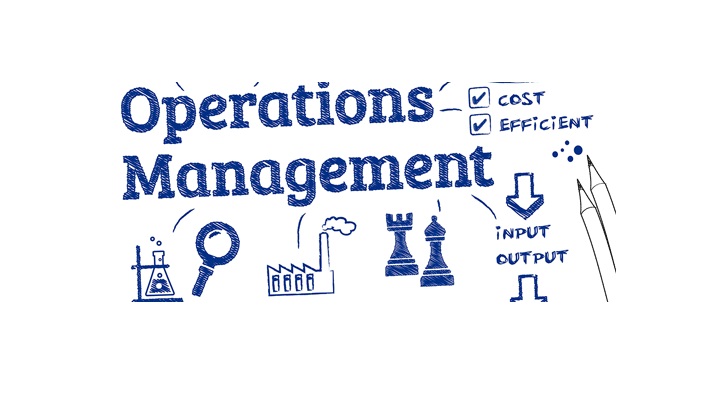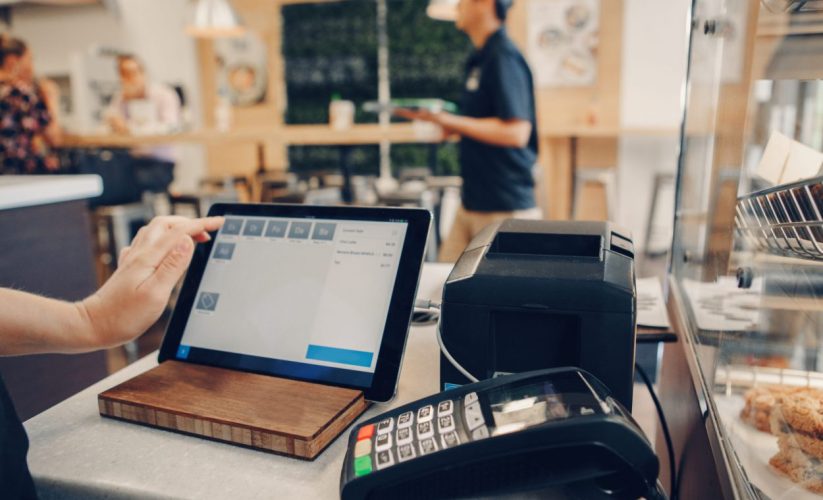
Choosing the Right Retail Automation Software for Your Store
In today’s competitive retail landscape, selecting the right retail automation software is crucial for enhancing efficiency, improving customer experiences, and driving sales. With a variety of options available, making the right choice can be overwhelming. This article provides a comprehensive guide to help you choose the best retail automation software for your store, ensuring that it meets your operational needs and supports your business goals.
Understanding the Importance of Retail Automation Software
Retail automation software encompasses tools and technologies designed to automate various processes within retail operations. This includes inventory management, point-of-sale (POS) systems, customer relationship management (CRM), and e-commerce platforms. By automating repetitive tasks, retailers can reduce errors, save time, and focus on providing exceptional customer service.
1. Identify Your Business Needs
Before diving into the selection process, it’s essential to identify your specific business needs. Consider the following questions:
- What challenges are you currently facing? Understanding your pain points will help you focus on solutions that address those issues.
- What processes do you want to automate? Whether it’s inventory management, sales tracking, or customer support, knowing your priorities will guide your search.
- What features are essential for your business? Make a list of must-have features to streamline your decision-making process.
Example:
If your store struggles with inventory management, look for software that offers real-time tracking and automated reordering capabilities.
2. Evaluate Software Features
Once you have a clear understanding of your needs, it’s time to evaluate the features offered by different retail automation software options. Here are some key features to consider:
Inventory Management
Look for software that provides real-time inventory tracking, automated stock alerts, and the ability to manage multiple locations if applicable.
Point of Sale (POS) Integration
A robust POS system should integrate seamlessly with your retail automation software, allowing for efficient transaction processing and sales reporting.
Customer Relationship Management (CRM)
Choose software that includes CRM capabilities to help you manage customer data, track interactions, and create personalized marketing campaigns.
Reporting and Analytics
Comprehensive reporting tools will allow you to analyze sales data, customer behavior, and inventory levels, helping you make informed decisions.
E-commerce Integration
If you sell online, ensure that the software can integrate with your e-commerce platform to provide a unified view of your operations.
3. Consider Scalability
As your business grows, your retail automation software should be able to scale with you. Look for solutions that offer flexible plans and can accommodate increased transactions, additional locations, and more users as needed.
Benefits of Scalability:
- Future-Proofing: Ensure that your software can adapt to changing business needs without requiring a complete overhaul.
- Cost Efficiency: Scalable solutions can save you money in the long run by minimizing the need for new software as your business expands.
4. Research User-Friendliness
The user interface and overall usability of the software are critical factors in ensuring successful adoption by your team. A user-friendly system will minimize training time and reduce the likelihood of errors.
Considerations for User-Friendliness:
- Intuitive Design: The software should have a clean, organized layout that makes it easy for users to navigate.
- Training and Support: Check if the provider offers training resources, tutorials, and customer support to help your team get up to speed quickly.
5. Compare Pricing Models
Retail automation software comes with various pricing models, including monthly subscriptions, one-time fees, and tiered pricing based on features or usage. When choosing software, consider your budget and the value each option provides.
Pricing Considerations:
- Total Cost of Ownership: Factor in not only the initial costs but also any ongoing fees for updates, support, and additional features.
- Return on Investment (ROI): Evaluate how the software will impact your operations and sales to determine if the investment is worthwhile.
6. Read Reviews and Testimonials
Before making a final decision, take the time to read reviews and testimonials from other retailers who have used the software. This can provide valuable insights into the software’s performance, customer support, and overall satisfaction.
Sources for Reviews:
- Online Review Platforms: Websites like G2, Capterra, and Trustpilot feature user reviews and ratings for various software solutions.
- Retailer Forums and Communities: Engaging with other retailers in online forums can provide firsthand experiences and recommendations.
7. Request Demos and Trials
Many retail automation software providers offer free demos or trials. Taking advantage of these opportunities allows you to test the software in a real-world setting and assess its suitability for your business.
What to Look for During Demos:
- Functionality: Ensure that the software performs the tasks you need it to do efficiently.
- Ease of Use: Pay attention to how intuitive the software feels during the demo.
- Customer Support: Evaluate the level of support provided during the trial period.
8. Assess Integration Capabilities
Your retail automation software should integrate seamlessly with your existing systems and tools. Check for compatibility with your current POS, e-commerce platforms, and accounting software to ensure a smooth transition.
Benefits of Integration:
- Data Consistency: Integrated systems reduce the likelihood of errors caused by manual data entry between platforms.
- Streamlined Workflows: Automation across multiple platforms can create a more efficient workflow, enhancing productivity.
Conclusion
Choosing the right retail automation software is a critical step toward improving your store’s operations and enhancing customer experiences. By identifying your business needs, evaluating features, considering scalability, and testing software through demos, you can make an informed decision that drives your retail success. As technology continues to evolve, investing in the right automation tools will position your business for growth and competitiveness in the ever-changing retail environment.





